Golden Age
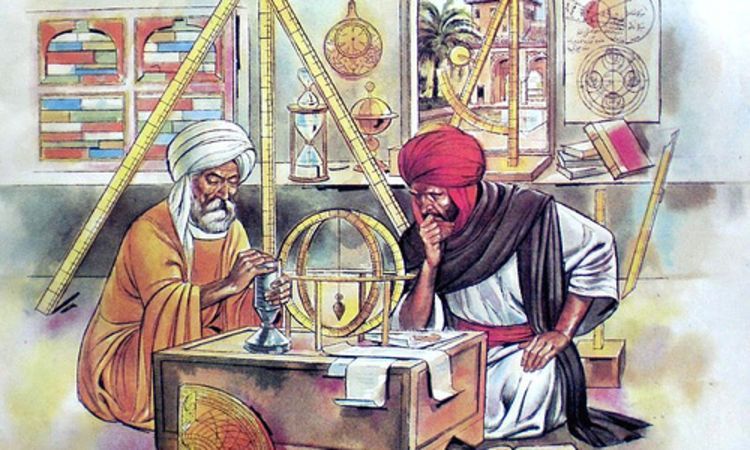
Golden Age
Published 2002
Islam’s outstanding principles for learning were directly responsible for creating the old world trade route from China to Spain, thereby connecting world nations and combining world civilizations and trade. With its considerable wealth of goodness for humanity, Islam easily grew to cover one half of the old world in less than one century and established the greatest intellectual revolution in history that made the renaissance a reality.
Past President Richard Nixon, in his resignation speech, said:
We have made a friendship with the Arabs so that this civilization’s cradle would not be its grave.


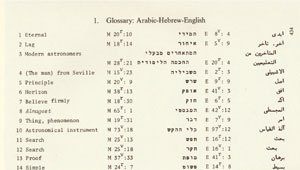
One of the Islamic principles that were core elements in bringing about the Islamic “Golden Age,” 8th through 15th century, is the 8th century Caliph Mamoun el Rashid. His zest for knowledge led to the opening of a special academy in Baghdad, the “House of Wisdom,” to translate the Greek documents into Arabic. He appointed the Nestorian Christian Hunayn Ibn Ishaq as the head of the academy.
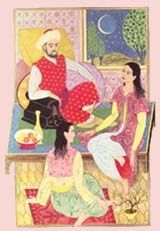
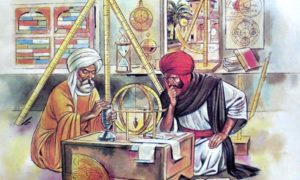
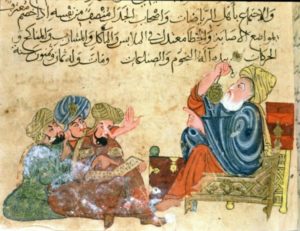
The Golden Age was a period of unrivaled intellectual activity in all fields: science, technology, and (as a result of intensive study of the Islamic faith) literature, particularly biography, history, and linguistics. For example, scholars in collecting and reexamining the hadith, or (traditions) the sayings and actions of the Prophet, compiled immense biographical detail about the Prophet and other information, historical and linguistic, about the Prophet’s era.
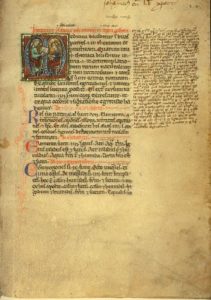
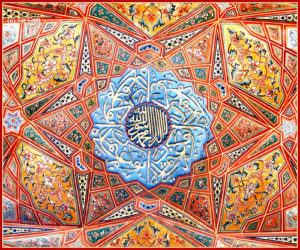
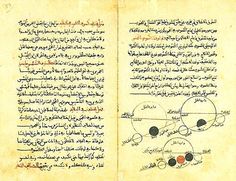
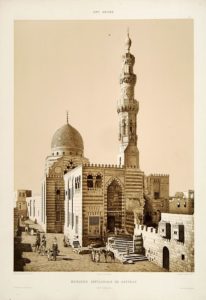

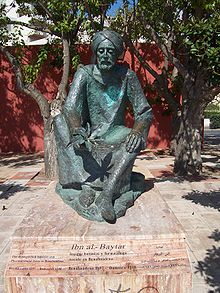
During the Golden Age, Muslim scholars also made important and original contributions to mathematics, astronomy, medicine, and chemistry. They collected and corrected previous astronomical data, built the world’s first observatory, and developed the astrolabe, an instrument that was once called “a mathematical jewel.” In medicine, they experimented with diet, drugs, surgery, anatomy and chemistry, an outgrowth of alchemy, and isolated and studied a wide variety of minerals and compounds.
herbal-agricultural
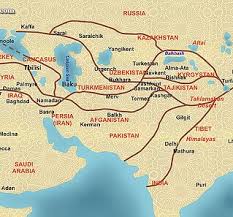
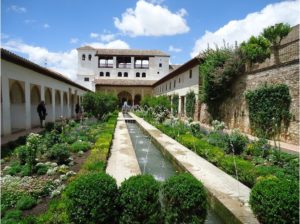
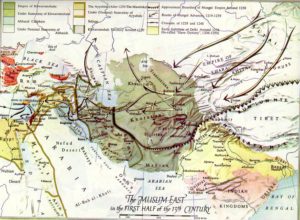
Important advances in agriculture were also made in the Golden Age. The ‘Abbasids preserved and improved the ancient network of wells, underground canals, and waterwheels. They also introduced new breeds of livestock, hastened the spread of cotton, and from the Chinese, learned the art of making paper, a key to the revival of learning in Europe in the Middle Ages. The Golden Age also, little by little, transformed the diet of medieval Europe by introducing such plant foods as plums, artichokes, apricots, cauliflower, celery, fennel, squash, pumpkins, and eggplant, as well as rice, sorghum, new strains of wheat, the date palm, and sugarcane.
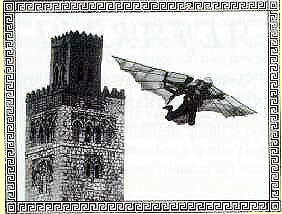
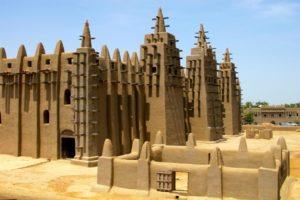
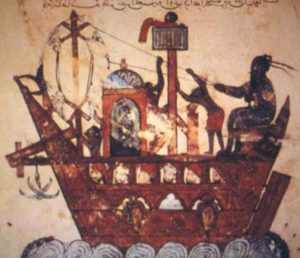
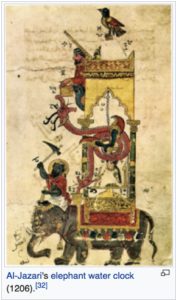
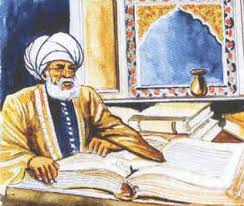

Recommended Posts

Women’s Rights to Own Property
January 20, 2018

Navigation
January 20, 2018

Algebra
July 4, 2017

